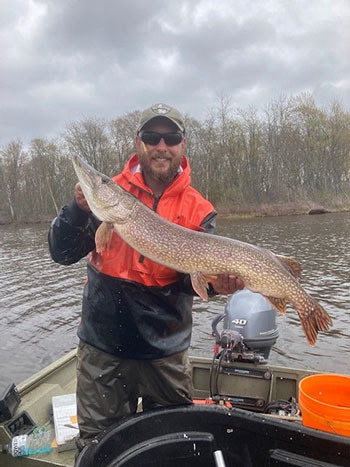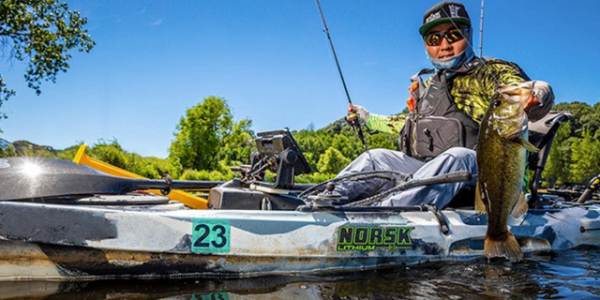Michigan: Inland Fishing Surveys Critical to Management

Contact: Jay Wesley, 616-490-5090
Collecting key data on Michigan’s world-class fisheries is critical for successful management of our diverse fisheries resources. Michigan Department of Natural Resources fisheries management units completed over 260 fisheries surveys across Michigan in 2021. Specifically, DNR fisheries staff surveyed 152 inland lakes and 115 streams.
Overall, the surveys revealed that most of our lakes and streams have healthy, self-sustaining populations of fish.
The surveys are useful for tracking inland fisheries populations, evaluating if stocking increases angler opportunities or addressing concerns from anglers throughout the year.
So, just what are crews looking for?
According to Jay Wesley, DNR Fisheries Division Lake Michigan basin coordinator, surveys fall into three categories:
- Evaluating management actions.
- Understanding status and trends.
- Finding answers to new questions or concerns.
“The management units stepped up last year and safely conducted these surveys to evaluate if management actions, like fish stocking or habitat improvement projects, had the desired effect,” Wesley said. “Surveys help us understand whether or not our management actions resulted in better recreational fishing in certain areas or improved a lake’s overall health.”
Other annual surveys help managers track the status and trends of fish communities and important aquatic habitat on different lakes, providing a picture of the lakes’ environment over time.
Streams throughout the state are handled a little differently through two types of status and trends surveys: fixed sites and random sites.
“At fixed sites, we estimate fish population levels – usually trout in coldwater streams and smallmouth bass in warmer waters – on a three-year rotation, while random site surveys give a species snapshot and show relative abundance,” Wesley said. “The DNR collects habitat data at all surveyed sites.”
Fisheries managers use discretionary surveys to answer questions or address current concerns. These can be something raised by a local biologist, an angling group or a lake association. Such surveys might be conducted to assess habitat suitability for a threatened or endangered fish species and typically account for 50% of the annual survey effort.
No matter the type of survey, DNR fisheries managers use the resulting information to strategize management actions, detect early indicators of invasive species, recognize developing threats to fish and habitat health and much more.
Want to learn about the DNR’s lake and stream surveys, especially in your part of the state? Contact the fisheries management unit in your area.






